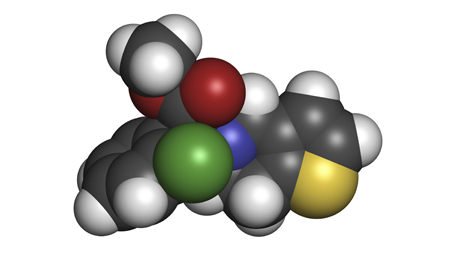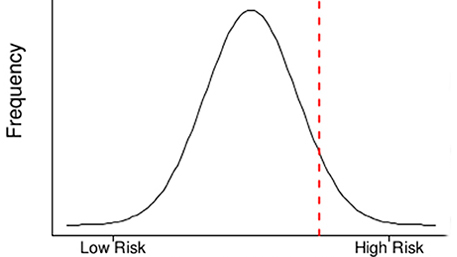
07/26/2022
Hot Topics of the Day are picked by experts to capture the latest information and publications on public health genomics and precision health for various diseases and health topics. Sources include published scientific literature, reviews, blogs and popular press articles.
Sign up MyPHGKB to receive the daily hot topic email alert.
Archived Hot Topics of the Day By Date
SARS-CoV-2 mRNA vaccination elicits robust antibody responses in children
YC Bartisch et al, Science, July 26, 2022
The molecular epidemiology of multiple zoonotic origins of SARS-CoV-2
JE Pekar et al, Science, July 26, 2022
The Huanan Seafood Wholesale Market in Wuhan was the early epicenter of the COVID-19 pandemic
M Worobey et al, Science, July 26, 2022
How long is COVID infectious? What scientists know so far
D Adam, Nature, July 26, 2022
Genomic epidemiology and phylodynamics for county-to-county transmission of SARS-CoV-2 in Minnesota, from 19A to Omicron
M Scotch et al, MEDRXIV, July 25, 2022
Beta-Thalassemia minor and SARS-CoV-2, prevalence, severity, morbidity and mortality: a systematic review study
E Lansiaux et al, MEDRXIV< July 25, 2022
Impact of a Population Genomic Screening Program on Health Behaviors Related to Familial Hypercholesterolemia Risk Reduction.
Jones Laney K et al. Circulation. Genomic and precision medicine 2022 101161CIRCGEN121003549
An automated 13.5 hour system for scalable diagnosis and acute management guidance for genetic diseases
MJ Owen et al, Nat Comm, July 26, 2022
Shared mechanisms across the major psychiatric and neurodegenerative diseases
TS Wingo et al, Nat Comm, July 26, 2022
Genetic risk score enhances the risk prediction of severe obesity in adult survivors of childhood cancer.
Sapkota Yadav et al. Nature medicine 2022 7
Disclaimer: Articles listed in Hot Topics of the Day are selected by Public Health Genomics Branch to provide current awareness of the scientific literature and news. Inclusion in the update does not necessarily represent the views of the Centers for Disease Control and Prevention nor does it imply endorsement of the article's methods or findings. CDC and DHHS assume no responsibility for the factual accuracy of the items presented. The selection, omission, or content of items does not imply any endorsement or other position taken by CDC or DHHS. Opinion, findings and conclusions expressed by the original authors of items included in the Clips, or persons quoted therein, are strictly their own and are in no way meant to represent the opinion or views of CDC or DHHS. References to publications, news sources, and non-CDC Websites are provided solely for informational purposes and do not imply endorsement by CDC or DHHS.
- Page last reviewed:Feb 1, 2024
- Page last updated:Apr 21, 2024
- Content source:






